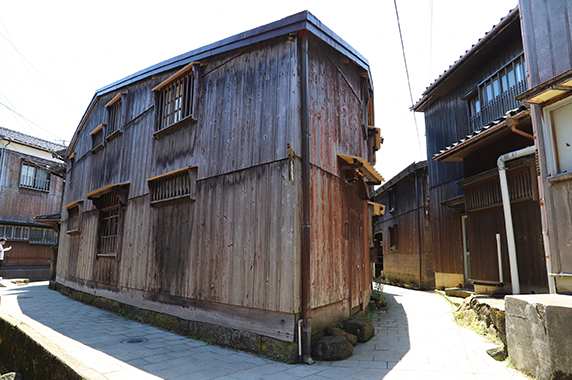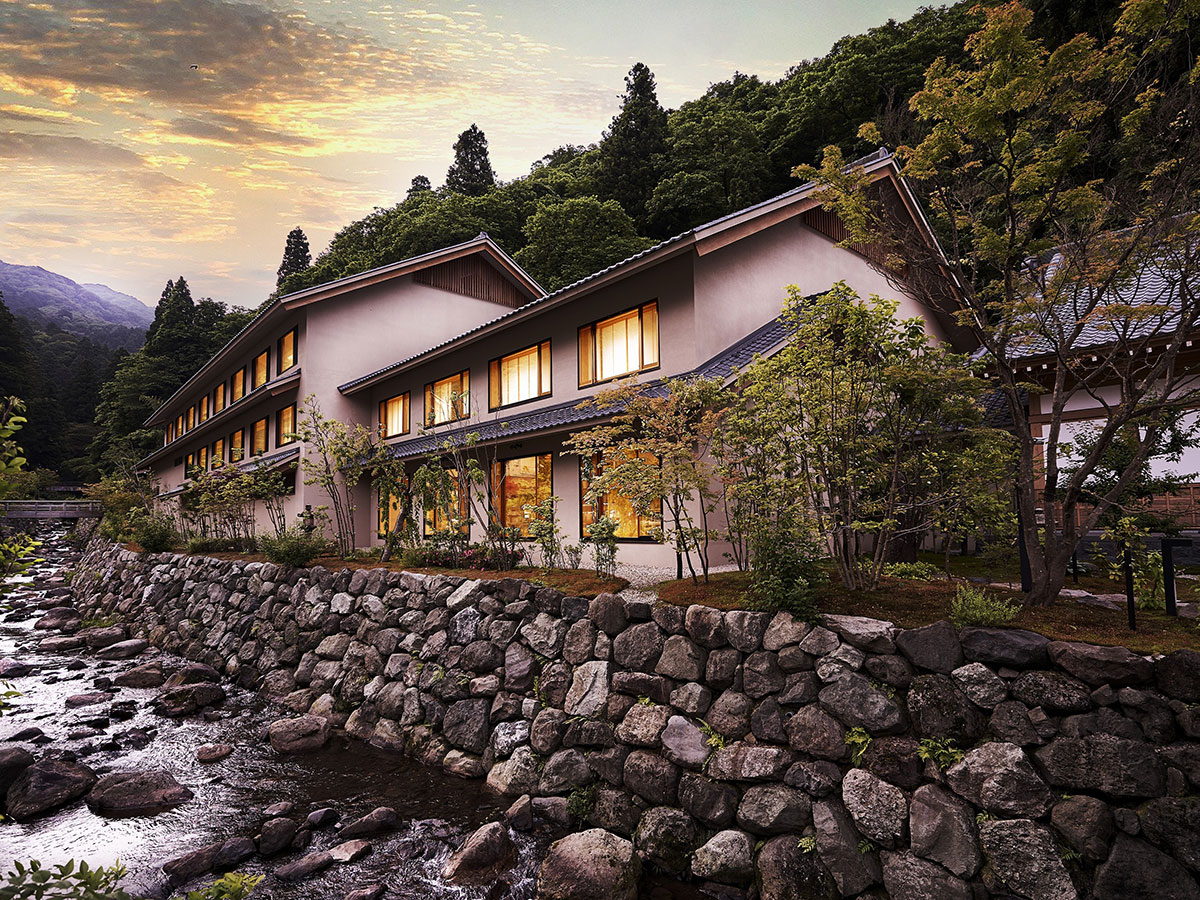Fukui Prefecture
Fukui prefecture is located on the western coast of the Japan sea and it’s part of Hokuriku region where visitors can find various sightseeing spots with many aspects. Fukui is known in Japan as a treasure trove of dinosaur fossils. The reason why dinosaur fossils became famous in Fukui is that many dinosaur fossils were discovered in the northern part of Fukui prefecture. There is a recommended spot for dinosaur fossils which is the Fukui Prefectural Dinosaur Museum, one of the three great dinosaur museums of the world which has 50 full dinosaur skeletons on display.
Fukui prefecture is located on the western coast of the Japan sea and it’s part of Hokuriku region where visitors can find various sightseeing spots with many aspects.
Things to Do in Fukui
Fukui is also packed with scenic spots, such as the Tojinbo cliffs and their wondrous shapes cut by ocean waves, and the mystical Echizen Ono Castle that floats in a cloud sea. The other Fukui’s famous tourist spot is Daihonzan Eihei-ji Temple and about 70 buildings deep in the woods are not to be missed. It is a temple with a history dating back nearly 800 years. There are many visitors from all over the world wanting to learn about Zen as Eihei-ji Temple is one of the headquarters of Soto Zen Buddhism.
Fukui’s Famous Topics
Hokuriku is renowned for fresh foods and if you're hungry, Fukui is the place to be for seafood lovers. It boasts luxuries such as Echizen crab and Wakasa blowfish that are so popular that many visitors travel from outside the prefecture to sample them. Don't forget to try Echizen sea urchin, a salted elegant sea urchin that is said to be one of the three great delicacies of Japan.
Hokuriku is renowned for fresh foods and Fukui is the place to be for seafood.
Traveling from Tokyo to Fukui
There are some ways to get to Fukui from Tokyo. One of the routes is to take the flight from Haneda airport to Komatsu airport with approximately 1 hour 10 minutes. Visitors can take a bus from Komatsu airport to Fukui station which will take about 1 hour by bus. By train, visitors can take Hokuriku shinkansen from Tokyo station to Fukui station which will take approximately 2 hours 50 minutes.
 Getting from Tokyo to FUKUI
Getting from Tokyo to FUKUI
Route 1
-
 Haneda Airport → Komatsu airport : Approximately 1 hour 10 minutes to Komatsu airport.
Haneda Airport → Komatsu airport : Approximately 1 hour 10 minutes to Komatsu airport.
(From Komatsu airport to Fukui station will take about 1 hour by bus.)
Route 2
-
 JR Tokyo station → JR Fukui station : Approximately 2 hours 50 minutes. Taking Hokuriku Shinkansen from Tokyo station to Fukui station.
JR Tokyo station → JR Fukui station : Approximately 2 hours 50 minutes. Taking Hokuriku Shinkansen from Tokyo station to Fukui station.
 All Itineraries
All Itineraries
-
HOKURIKU × TOKYOTraveling under the theme of "A Journey to be Reborn, Physically and Mentally, through Traditional Food and Experiences," you will visit a variety of recommended spots from Tokyo to Hokuriku.
In Tokyo you will visit the Nihondo Kampo Museum and the only valley in all of Tokyo's 23 wards, and will then experience Japanese kaiseki, traditional multi-course haute cuisine, at a restaurant in a garden that once served as a residence for a daimyo lord and their hatamoto vassals.
From there, you will make your way to Hokuriku, where you will experience both hot springs connected to famed haiku master Matsuo Basho (1644 - 1694) and zen meditation at Eiheiji temple, which had two stars bestowed upon it by the Michelin Green Guide Japan. Following this, you will refresh your body and mind by meditating under a waterfall at Oiwasan Nissekiji temple. -
HOKURIKU × TOKYOBecoming familiar with traditional crafts that are rooted in people's lifestyle and the climate in Japan will lead to a deeper understanding of Japanese culture. From Tokyo to Hokuriku, explore the cities where traditional crafts were born and thereby discover parts of Japan's culture and charm that you did not know about.
In Tokyo this route will take you to spots related to bonsai trees and Hokusai's ukiyo-e pictures, while in Hokuriku it will take you to spots related to glass crafts and famous Kutani-ware ceramics. This is a route recommended for people who are interested in traditional Japanese crafts.

 Spots around
Spots around
See all spots
 Festivals of FUKUI
Festivals of FUKUI
 Local specialty shop
Local specialty shop
-

FUKUI ANTENNASHOP 291 MINAMIAOYAMA

-

FUKUI ANTENNASHOP 291 GINZA

-

KINENO the Specialty Shop of Sakai City, Fukui











































